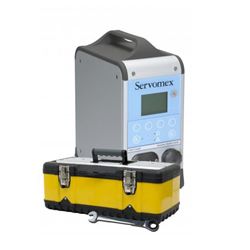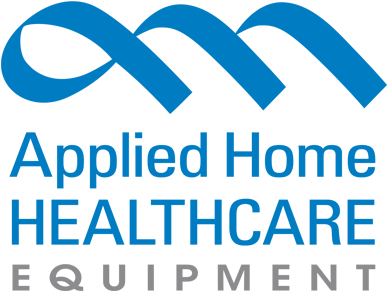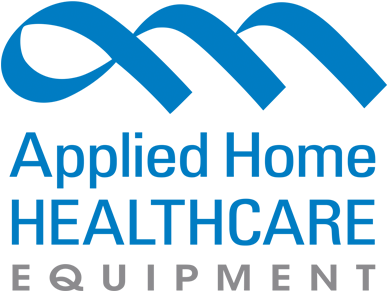PRODUCT CATEGORIES
CLASSES/REGISTRATION
WHAT'S YOUR ROLE?
Maintaining Your Oxygen Equipment: 3 Easy Steps
Nov 20, 2013
Maintaining Your Oxygen Equipment: 3 Easy Steps
FDA guidance requires that filling equipment be calibrated at specific intervals, depending on the type of equipment. Don't forget you need to document all calibration!
DAILY
Each Fill Day, you'll need to calibrate your paramagnetic analyzer. The paramagnetic analyzer (such as the popular Servomex) is NOT the same as a handheld analyzer. It is a sophisticated analyzer that can gauge the purity of your oxygen drug product, and is a required step in filling gas cylinders. You should calibrate your analyzer with special oxygen and nitrogen created for this purpose, and that comes with a valid COA (Certificate of Analysis). Click here to see our calibration gases.
ANNUALLY
Your filling equipment is used in the manufacture of a drug product, and must be maintained according to the manufacturer's standards, or FDA requirements. Here's what we recommend for some essential filling equipment.
Gauges and Thermometers
Vacuum and High Pressure gauges and thermometers (digital and infrared) should be calibrated to NIST standards annually. Many people choose to use our NIST lab to calibrate new equipment for them, or they choose to send in their equipment to our lab for calibration and certification. Click here calibration options.
Servomex Paramagnetic Analyzer

FDA requires that firms maintain thier equipment to the standards listed in the equipment manufacturer's standards. The Servomex equipment manual recommends annual preventative maintenance for it's model 5200, and the majority of the industry sends any model unit in for preventative maintenance. Applied's new A+ check for Servomex Paramagnetic Analyzers is a quick and affordable way to have routine annual maintenance performed on your unit. Applied's seasoned technicians and experts will perform our exclusive A+ service and calibration test on your unit, and return it to you in 3 business days from receipt. (Rush 24 hour turn around available for a nominal fee). Or loaner units are available for a weekly rental, and include free shipping. A + Check also keeps you compliant year round with a convenient maintenance book to show accreditors. Click here to see our A+ Check.
Pigtails
Pigtails used on your transfilling system, if maintained properly, can last for years. Everytime you fill, you should visually inspect your pigtails for damage. If there are kinks or weak points, such as from folding, the the pigtails could snap from the high pressure and become dangerous to you or others.
Additionally, Applied recommends that your pigtails that are used with transfilling systems be tested annually to ensure that they are safe for use. And, you should also test them if you suspect there might be a problem with them. Perform the following inspections on pigtails. If the pigtail fails any inspection it should be removed from service and either repaired or replaced. Don’t forget to wear proper safety equipment when testing high pressure equipment.
Visually inspect pigtails for corrosion, kinked areas, crimps, or any other external damage.
* Spray the pigtail and its connection point with an oxygen compatible leak testing solution. The solution will form large bubbles if a leak is present.
* Conduct pressure testing on the pigtail by slowly pressurizing the pigtail and checking for damage.
* Inspect the threads of the connection. If the threads are damaged, the connection should be replaced.
Instead of performing this testing in house, you can have Applied technicians perform the testing for you, just send us your pigtails, along with our pigtail inspection form found at: www.applied-inc.com
ACCORDING TO YOUR SCHEDULE
Regulators, Conservers, Concentrators and Other Equipment
Accreditation agencies have many different policies, but one that seems to be universal across the board: You must have a policy written for maintaining your equipment, and you must follow it. Many manufacturers of oxygen equipment have suggested maintenance in their manuals that can be used for writing a equipment maintenance program, and industry standards may also provide guidance. For example, the Compressed Gas Association standard E-7 recommends that all regulators be inspected and taken out of service if necessary every five years. To help you stay compliant, Applied offers a discount on regulators if you fill out our inspection form and indicate how many regulators you have taken out of service. Check out www.applied-inc.com for the form to use to get your discount.
You Might Also Like
Did you know?
The FDA changed the requirements for verbiage displayed on Oxygen USP cylinder labels. Old labels should be retirednbsp;by December 18, ...
Visit OxyGo and Applied HHE at upcoming state shows!...
When an oxygen tank reaches the end of its life, proper disposal isn't just about clearing out storage space, it's about staying safe and compliant. W...
Subscribe to our Newsletter
Get the latest regulatory info, accreditation news and exclusive discounts!
 View Cart []
View Cart []
